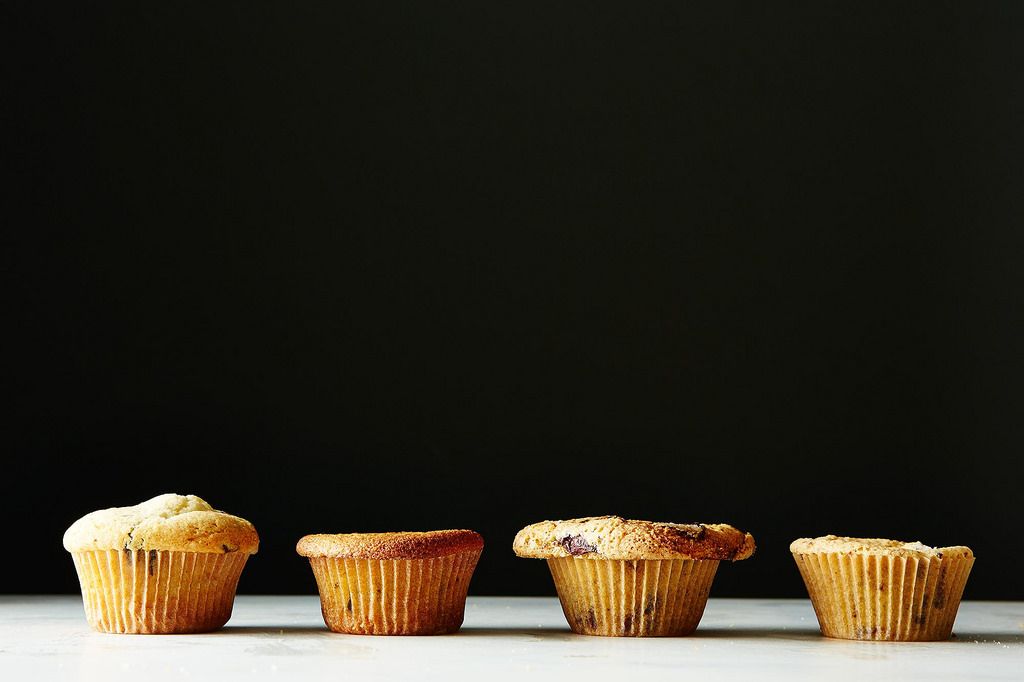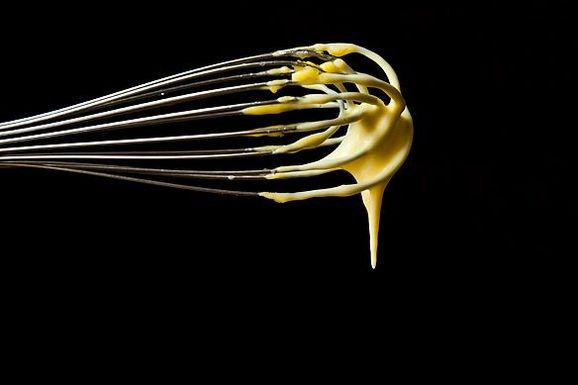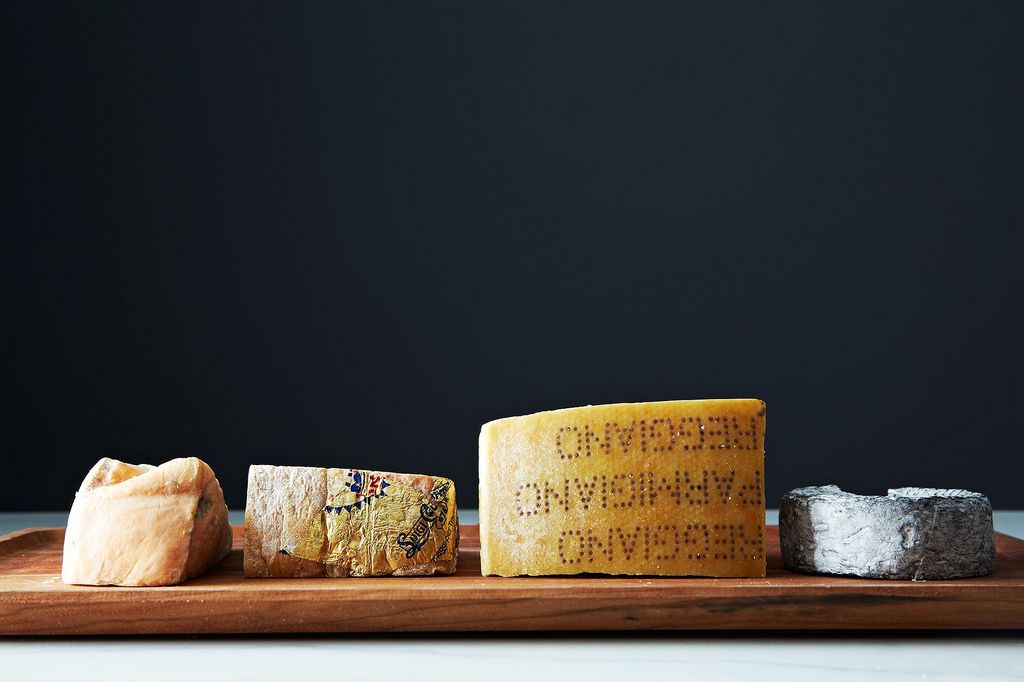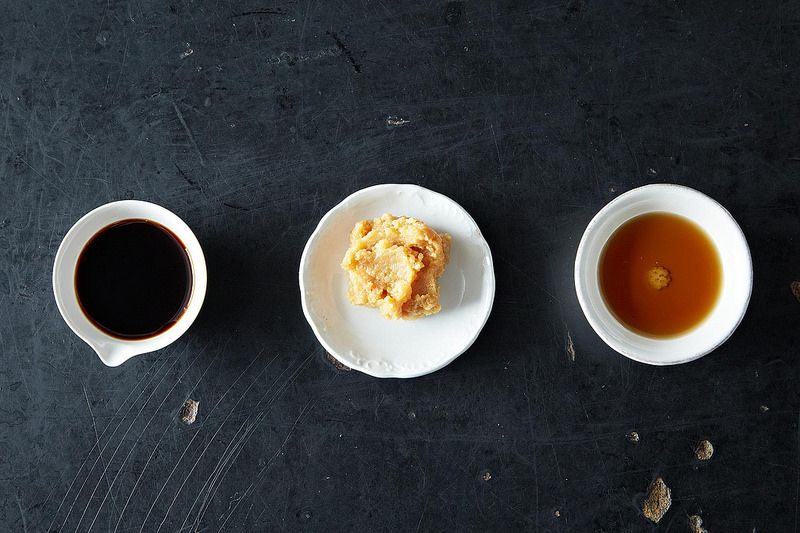Inspired by conversations on the Food52 Hotline, we're sharing tips and tricks that make navigating all of our kitchens easier and more fun.
Today: The food facts, science, and tricks we geeked out on this year.

In 2013 I came to terms with the fact that I am a food nerd. It happened in a classroom in northwestern Italy, while I was attending a food-focused graduate program. "Food School," as we affectionately called it, was a safe space. A place where, on a sweltering Tuesday afternoon in July, we may find ourselves inside, holding a slice of salami up to the light to analyze it, furiously taking notes on its color, marbling, and malleability.
In 2014, I returned to the States to begin my internship with Food52. I feared the world outside of Food School; I feared the people that weren't interested in the why? and how? of the food we eat -- the people who might look at me strangely if I smelled my cheese. But soon enough I found a new safe space around the Food52 Editors' table, where food was not only enjoyed, but dissected and obsessed over.
With 2015 fast approaching, it's time we paid tribute to the cool, fascinating, nerdy world of food. This is your safe space for exploration and geeking out. Here are the 10 nerdiest things we learned about food this year:

1) How Emulsification Works: Oil and water just don't get along. Enter emulsifiers -- the peacemakers of your aiolis, vinaigrettes, and sauces. We walked you through which ingredients serve as emulsifiers, how they work, and what to make with your newfound knowledge.
2) How to Bake Perfectly Browned Cookies Every Time: A science experiment never tasted so good. At the very end of 2013, Serious Eats' The Food Lab dissected the science behind the best chocolate chip cookies; this year, the Kitchn follows up with King Arthur Flour's method for baking perfectly golden cookies.
3) How to Make Perfect Domed Muffins: Who doesn't love a muffin top? Dissatisfied with the flat tops of homemade muffins, Sarah wanted to get to the bottom of how to make perfectly domed, bakery-style muffins. Would the addition of more flour or higher baking temperatures do it? Is the suspense killing you?

4) How to Chill Wine Quickly: You forgot to put the wine in the fridge. On most nights, you can wait. Tonight? You're having company over and warm wine just won't do. Here's how to chill that bottle so fast your guests won't even realize their glasses are empty.
5) The History of Cans: Only Lucky Peach could capitivate us on the subject of canned food. Harold McGee's thorough, fascinating piece in the apocolypse issue is a must-read for doomsday preppers and food history buffs alike.
6) Butter is Back: More beautiful words have never been spoken. As Mark Bittman points out, no study is perfect, but the signs are pointing more and more to the fact that butter isn't the enemy. Most importantly, he reminds us that the most important thing for our diets is to eat real food. Period.
7) How to Use Pantry Items As Cleaning Tools: Speaking of onions, did you know that they're a great tool for cleaning your grill grates? Mayonnaise, walnuts, and beer are also quite the Renaissance products -- you'd be wise to keep them around.

8) How to Talk About Cheese: We all love to eat cheese, but how much do we know about analyzing its quality? This guide will walk you through all the gloriously nerdy details you'll need for your next trip to the cheese counter.
9) Rise and Shine: This photo essay in the New York Times Magazine's food issue is an incredibly interesting -- and adorable -- look into what children eat for breakfast around the world.
10) Understanding Gluten: With only 1% of the population suffering from celiac, this captivating piece in the New Yorker's food issue explores the scientific merit of the protein's fall from grace in the health food sector. Is there something inherently bad about gluten or does its perceived negative effects on health and digestion have more to do with the way our food is processed today?
11) Why Airplane Food Is So Bad: A question we ask ourselves every time we fly, explained.

12) How to Check the Accuracy of Your Kitchen Scale: Bakers, rejoice! If you've ever had a recipe go awry thanks to a wonky scale, this calibration tip will be your saving grace.
13) Understanding Umami: It's the reason we love most of our favorite comfort foods, but what exactly is the fifth taste?
14) Understanding MSG: Read this back-to-back with #13 -- and a big bowl of miso soup or a hunk of Parmesan cheese -- and let your head and stomach fill up with the marvels of science.
What cool food trick or fact did you learn this year? Tell us in the comments!






See what other Food52 readers are saying.